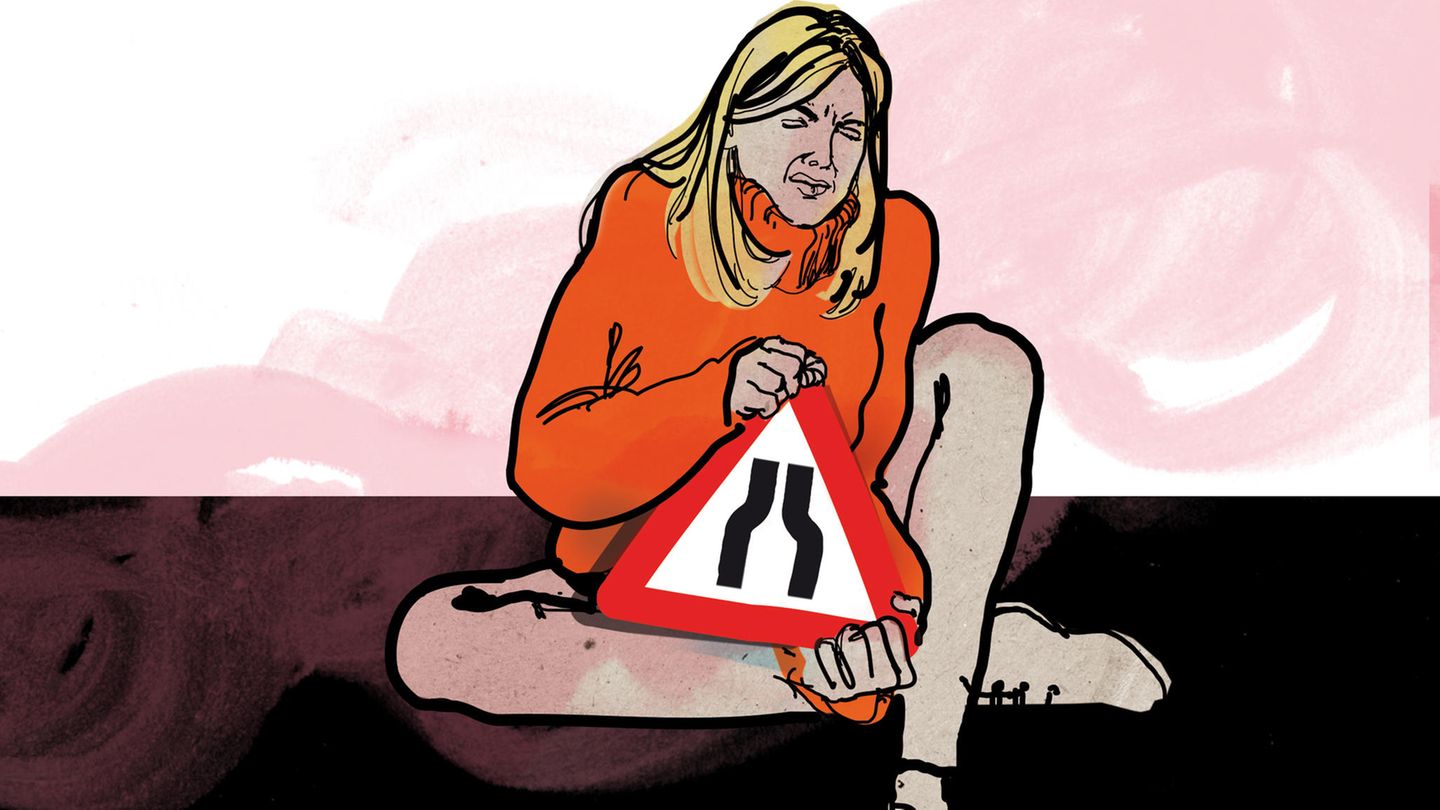The Institute of International Finance (IIF), which brings together 38 of the world’s main banks, published a report that questions this proposal and demystifies the result of the Ecuadorian experience.
While the envoys of Javier Milei to the United States are holding a series of meetings at this time with representatives of investment funds and financial entities of Wall Street to try to mitigate the skepticism aroused by the proposals of the candidate with the most votes in the PASSED, the proposals contrary to the convenience of a dollarization in Argentina they spread in the global financial establishment. Yesterday he Institute of International Finance (IIF)which brings together 38 of the world’s main banks, published a report that questions this proposal and demystifies the result of the Ecuadorian experience.
The content you want to access is exclusive to subscribers.
“Since last month’s primary elections, Argentina has been debating the merits of dollarization, which in reality It is just an extreme version of a peg to the dollar, since it increases the cost of devaluation, but does not eliminate it as a policy option.. The persistent appeal of the dollar peg is somewhat disconcerting, given how many pegs have ended in explosive devaluations and deep recessions in recent years. This alone should make defenders of dollarization reflect,” says the report signed by Robin Brooks, Martin Castellano and Jonathan Fortune.


The IIF’s argument is simple and appeals to the experience of Ecuadorian dollarization, which is often praised by the activists of that strategy for Argentina: “The US dollar has strengthened enormously in the past decade. The peg to the dollar imports that strength, exacting a high price in terms of competitiveness and growth. Ecuador is a vivid demonstration of this. “Dollarization quickly reduced inflation, but at the cost of chronically lower growth and lower performance than the rest of Latin America.”
“Currencies in Latin America have devalued markedly in recent years, as lower commodity prices lowered the terms of trade. Weakening currencies offset that shock and help support growth. Ecuador has suffered a drop in raw material prices while its real exchange rate has increased, driven by the rise of the dollar. In other words, it has suffered a double blow. “This is why Ecuador has lagged behind its Latin American peers in terms of growth, with real GDP per capita stagnant over the last 20 years,” the report demystifies.
For the IIF, the dollarization It is a “straitjacket” that facilitates rapid early disinflation, at the cost of stagnant growth in the medium term. AND advises against its implementation in Argentina “given that disinflation can be achieved by making the central bank completely independent, the path followed by much of the rest of Latin America.”
The institute proposes that the problem of the local economy is the wide exchange gap due to the fixing of the official exchange rate in a context of high inflation that “holds back” the eventual improvements in competitiveness in the face of each devaluation. “This is what happened to Argentina after its 2019 devaluation,” he exemplified and also cited the cases of Egypt, Pakistan and Sri Lanka. That is why his proposal is to move towards a less regulated and freer exchange rate policy: “Argentina already has too low exchange rate flexibility, which has led to a substantial overvaluation and a parallel exchange rate. “Argentina needs more exchange rate flexibility, not less, which is what dollarization is.”
In this framework of external questions about the dollarization idea, which was not free of contradictions among the economists of La Libertad Avanza, Milei’s envoys, Darío Epstein and Juan Nápoli, began yesterday an agenda of meetings in New York and surrounding cities with Argentine representatives of different US investment funds to try to attract them. Today, they will participate in a meeting organized by Bank of America. The task does not look easy.
Source: Ambito




